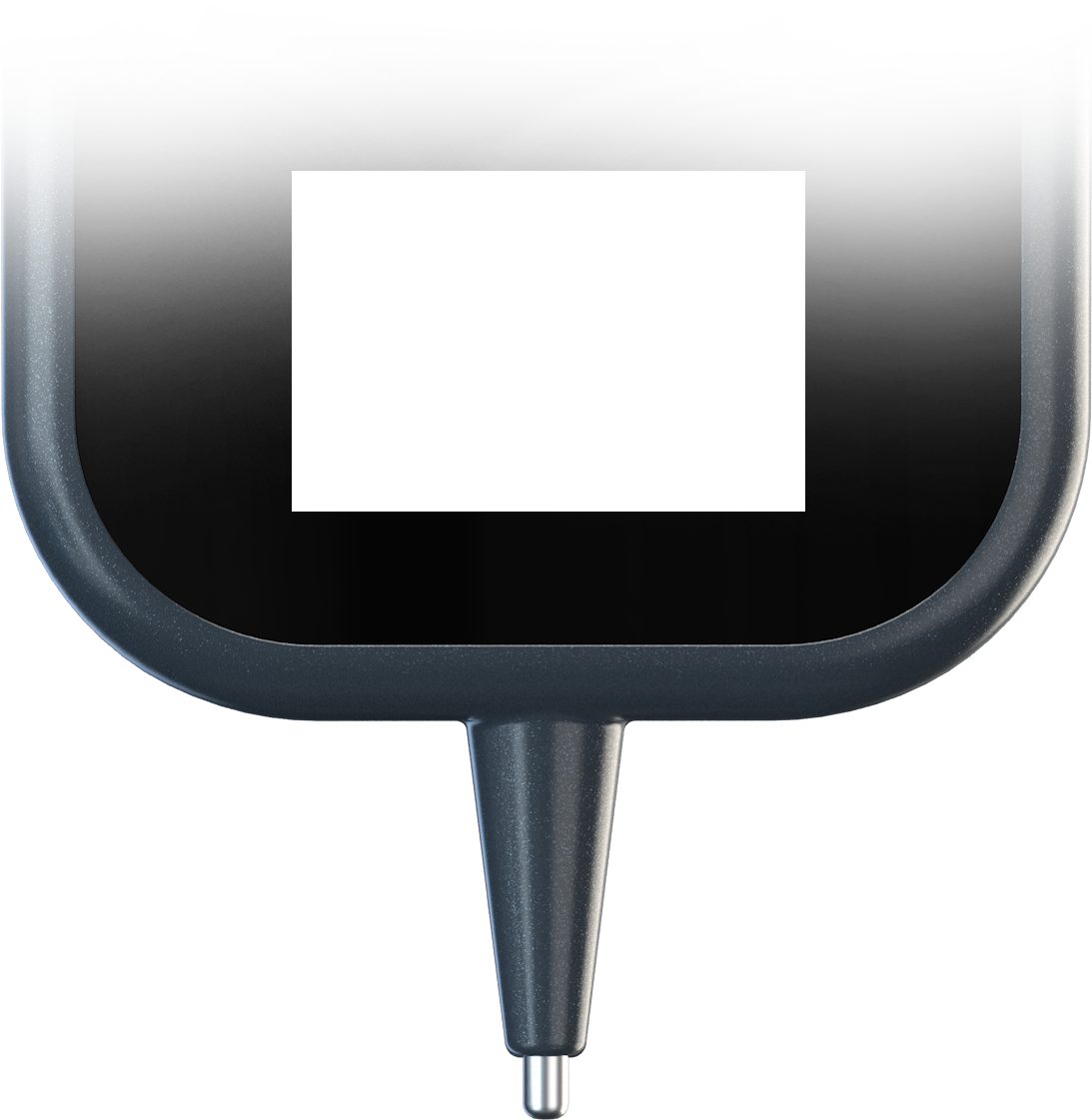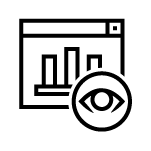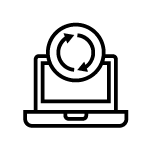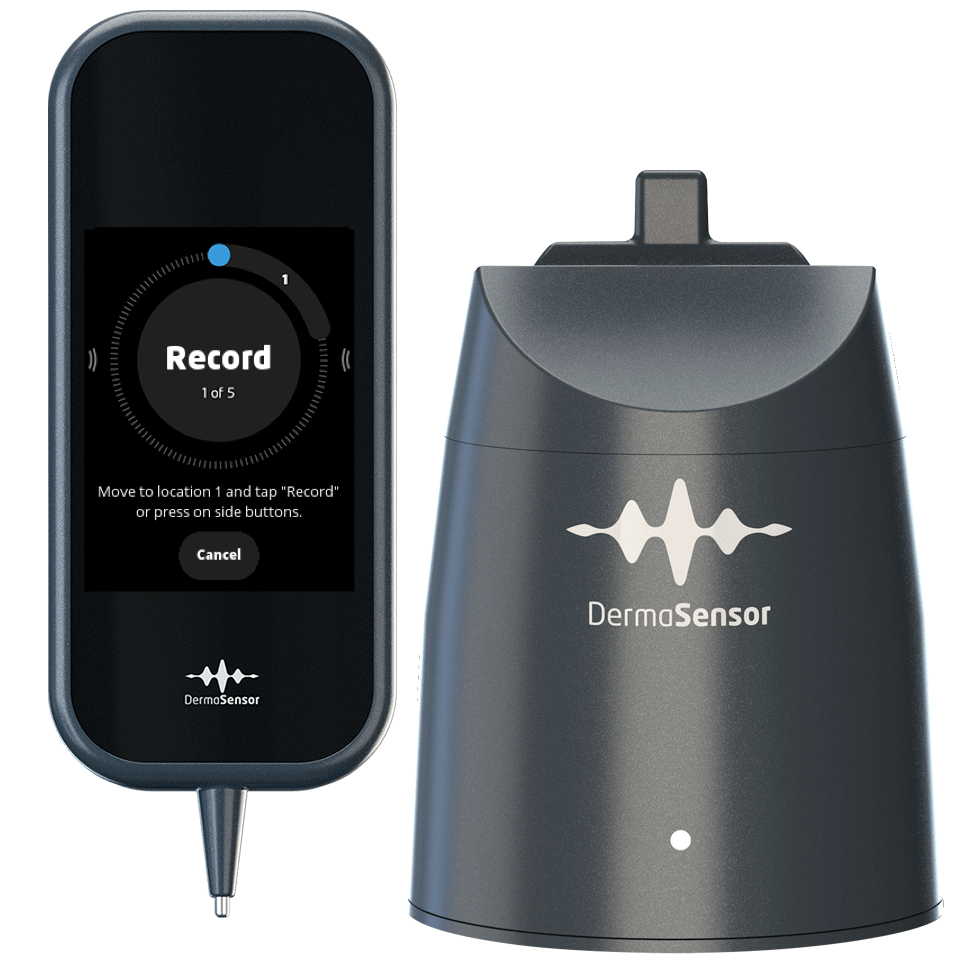Connect your practice to a world of more reliable skin cancer assessments.



One subscription. No surprise fees.
More confident skin cancer checks.

Remote Performance Monitoring
Device is monitored remotely for sensor performance. If degraded reliability is identified, alerts are automatically sent to our field support team to either remotely diagnose and resolve, or arrange for a replacement device.

Real-Time Customer Support
Get real-time customer support, supplementary literature for ongoing education, and access to the latest publications.

Algorithm Updates from our Server
Software and algorithm updates are sent to the device from DermaSensor’s server as they become available. Stay updated and you’ll always be connected to the latest in assessment technology.

Capped Price Repairs
For complete peace of mind, we offer capped price repairs for accidental damage that may occur during the life of the equipment. Our capped price repair cost is $350 per incident, so whoopsies won’t break the bank.

Database Access
Our handheld spectrometer device uses a database of thousands of known malignant and benign lesions to return a risk assessment score, designed to augment the physician’s own clinical assessment.

Cloud Storage and Access
Connect to Wi-Fi to access DermaSensor’s cloud-based server. This allows spectral data to be transferred from your device and stored in the DermaSensor system cloud, where data is automatically checked for quality and calibration accuracy.

Expert-Hosted Webinars
Get ongoing exclusive invitations to DermaSensor-hosted CME events and webinars with expert thought leaders.
Enabling Early Detection Through Non-Invasive Optical Spectroscopy
Rapid and Reliable Recording
Scan each lesion five times and receive an objective result within seconds.
Easy To Learn and Use
Groundbreaking, Non-Invasive Technology
No Up-Front Capital Expense
The only skin cancer detection tool designed specifically for HCPs.

Simple Design. Effortless Application.
- Intuitive on-screen user interface guides you step-by-step throughout the evaluation
- Scan the lesion using either the touch-screen interface or the conveniently positioned side buttons
Non-Invasive Sub-Cellular Analysis
- Device tip is painlessly touched to the surface of a lesion, emitting hundreds of different wavelengths of light to receive spectral data from below the skin’s surface
- Precision optics within the tip capture pathological irregularities at a cellular and subcellular level
- The device can be used on skin lesions as small as 2.5mm
Lesion Identification
DermaSensor Scan
Photo Scattering
Algorithmic Analysis
DermaSensor May Help You To:
- Make better and more confident decisions
- Detect all skin cancers with 97% sensitivity1
- Catch 13% more skin cancer as demonstrated in a study with 57 GPs2
- Augment your typical skin assessment routine and increase your reimbursement level
- Increase revenue by introducing a value-based skin health service with out of pocket contributions by patients
- Improve your practice’s image by incorporating new and innovative technology
See how the DermaSensor platform integrates into your practice.

The DermaSensor device is not a screening tool—lesions that clearly warrant a biopsy should be biopsied per normal clinical practice. And clearly benign lesions do not require the use of the DermaSensor Device.
The device can be used an unlimited number of times per month, but we estimate the average practice might use the device between 10 and 50 times per month. Therefore, we suggest that practices charge a nominal fee for an optical scan of a lesion with our device which could rule out the need for a more invasive biopsy.
Est. Avg. Device Usage
Times per Month
DermaSensor May Help You
- Make better and more confident decisions
- Increase your reimbursement level by augmenting your typical skin assessment routine
- Increase revenue by introducing a value-based skin health service with out-of-pocket contributions by patients
- Improve your practice’s image by incorporating new and innovative technology
DermaSensor May Help Your Patients
- Avoid unnecessary biopsies
- Avoid additional visits to a dermatologist, along with the associated out-of-pocket expenses
- Feel more confident about questionable lesions
Potential Use Cases
- Elderly patient has a questionable lesion, but also has skin that would require lengthy healing time.
- A young patient has a questionable lesion on their face, and is concerned about disfigurement.
- Overcome challenges in communicating risk assessment and treatment urgency between the HCP and patient.
- Extend lesion evaluation to other trained team members.

Built for the Front Lines
Enabling Healthcare Professionals
Australians usually consult a General Practitioner (GP) to conduct skin health examinations, in part due to unavailability of specialists. But early diagnosis in primary care is often hampered by limited consultation time. Still, GPs undertake more than 1 million consultations for skin cancer annually.
GPs are at the front line of skin cancer detection for most Australians. DermaSensor will help you better assess identified skin lesions and determine whether patients need additional clinical care. All trained members of the healthcare team will be able to benefit from the device's simple-to-use design. Detecting cancer at an earlier stage holds the potential to save lives, and our device provides a quicker route to identifying skin cancer risk.
Download Brochure
Dimensions
Unit and Base
- Height: 234mm
- Width: 105mm
- Depth: 105mm
Handheld Unit
- Height: 180mm
- Width: 70mm
- Depth: 37mm
Base
- Height: 149mm
- Width: 108mm
- Depth: 108mm
Weight
- Packaged Weight: 1.9kg
- Handheld Unit: 295gm
- Base/Power Socket: 585gm
Color
Dark Grey
Connectivity
Requires WiFi internet connection
Battery Life
Battery life will last a full day in practice*
*by keeping the device in the charging base between uses
Installation
Standard 110v-250v / 50-60Hz general power outlet (GPO)
Other
Wireless Charging
Warranty
1-Year Warranty from date of delivery to customer site
What's in the Box
- Device (both handheld unit and base) pre-installed with software
- Operating Manual
- Recyclable Packaging

Make DermaSensor your new assistant for skin cancer care.
99% of all skin cancer is curable if detected early. Our device has the potential to equip frontline providers to quickly and effectively check for all common types of skin cancer (melanoma, basal cell carcinoma, squamous cell carcinoma).
Add DermaSensor’s system to your practice today and get access to a world of better skin tests with the power to save lives.
Footnotes
1Manolakos D et al. Clinical Validation of a Handheld Elastic Scattering Spectroscopy Artificial Intelligence Device, Presentation at American Academy of Dermatologists Innovation Academy, July 20-24, 2022.
2Thames T et al. Clinical Utility of a Handheld Elastic Scattering Spectroscopy Tool and Machine Learning on the Diagnosis and Management of Skin Cancer. Poster Presentation, STFM Annual Spring Conference, April 30-May 4, 2022.
80-0006.2 v2